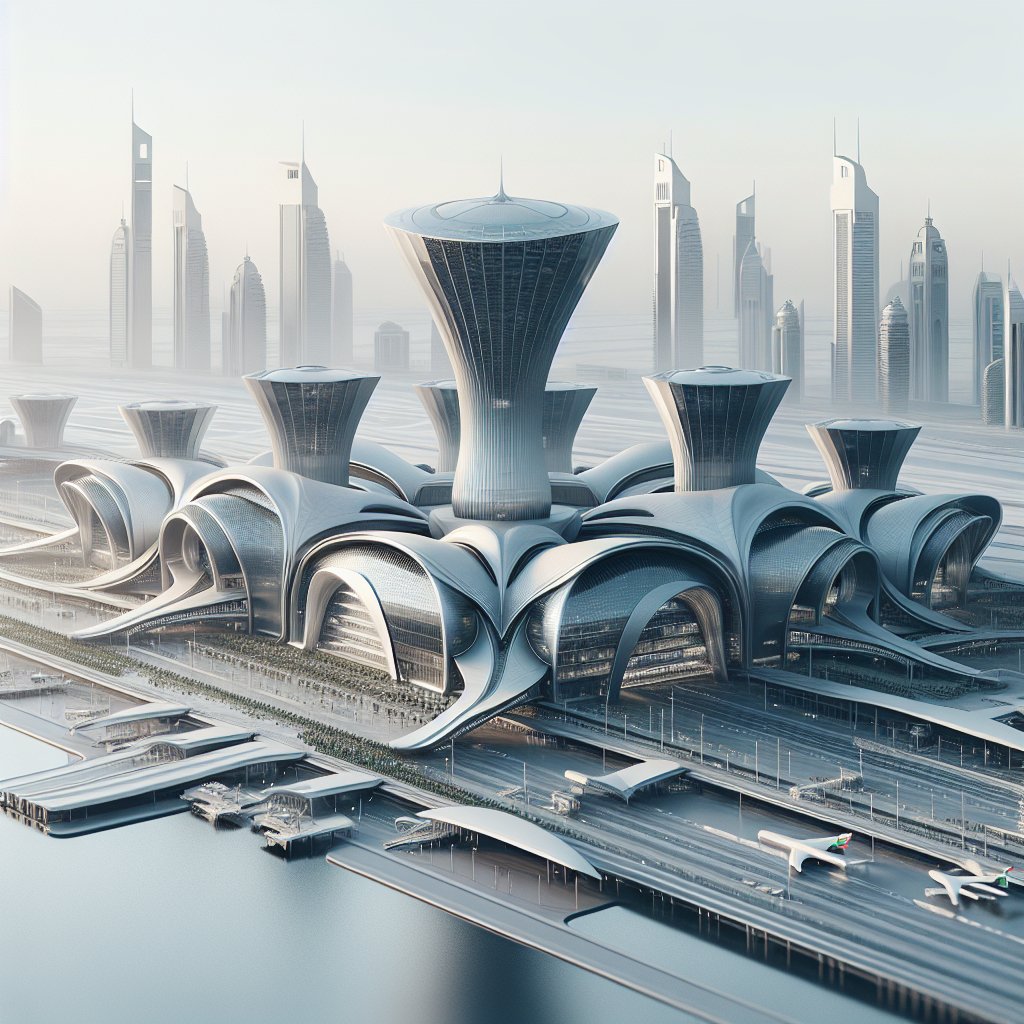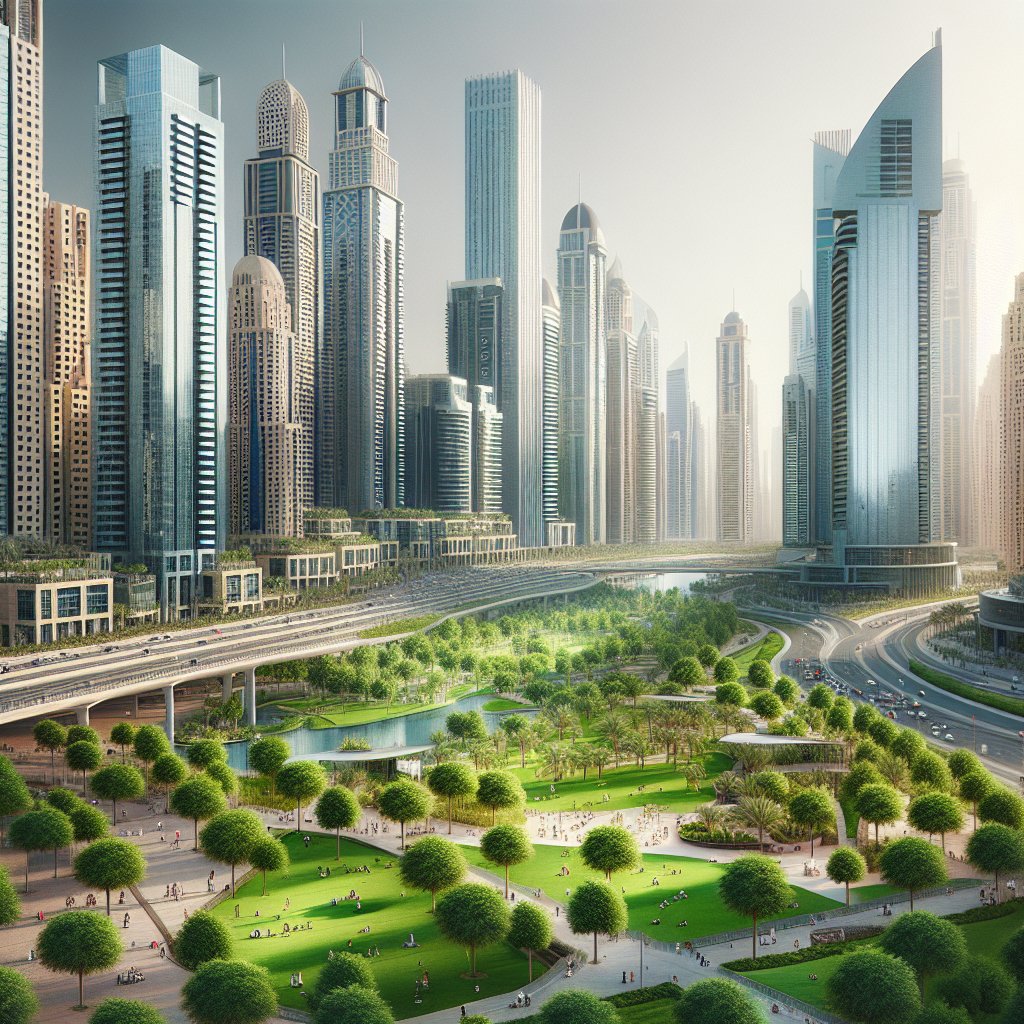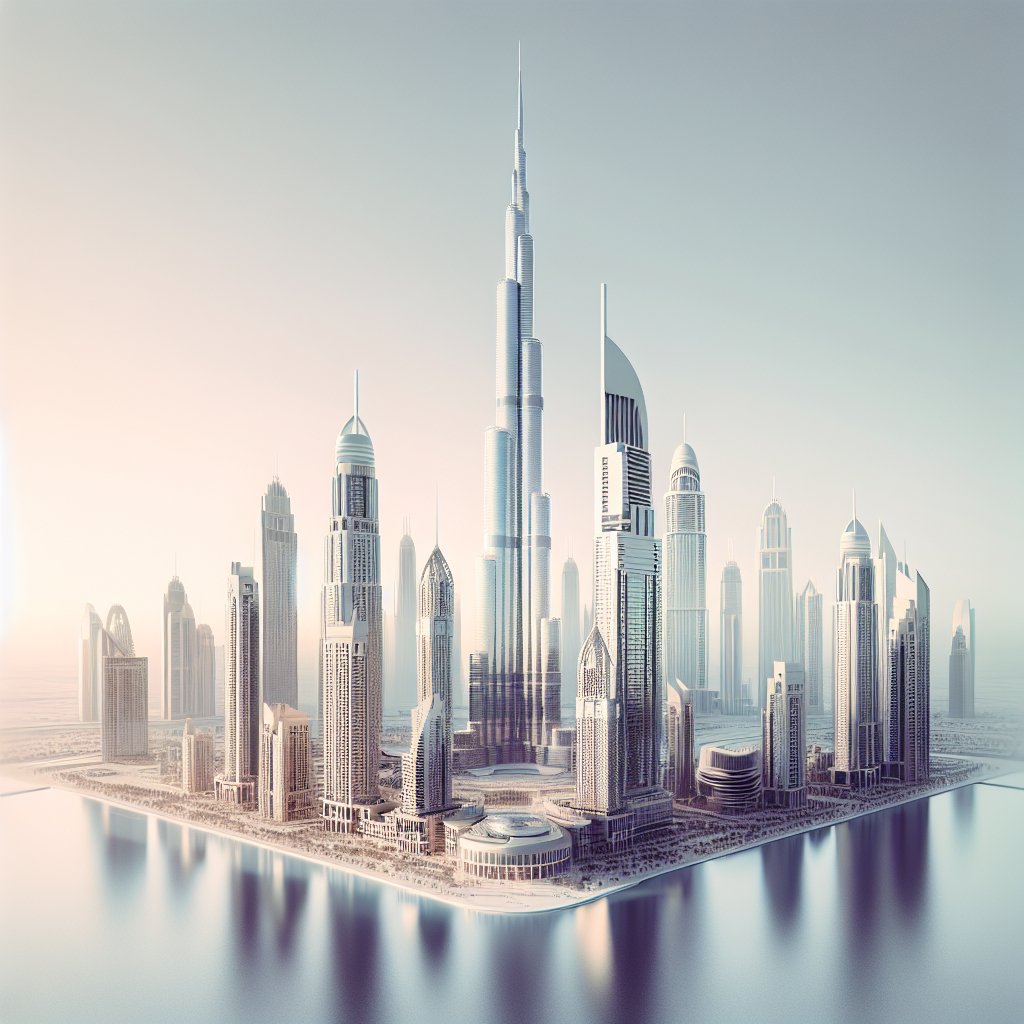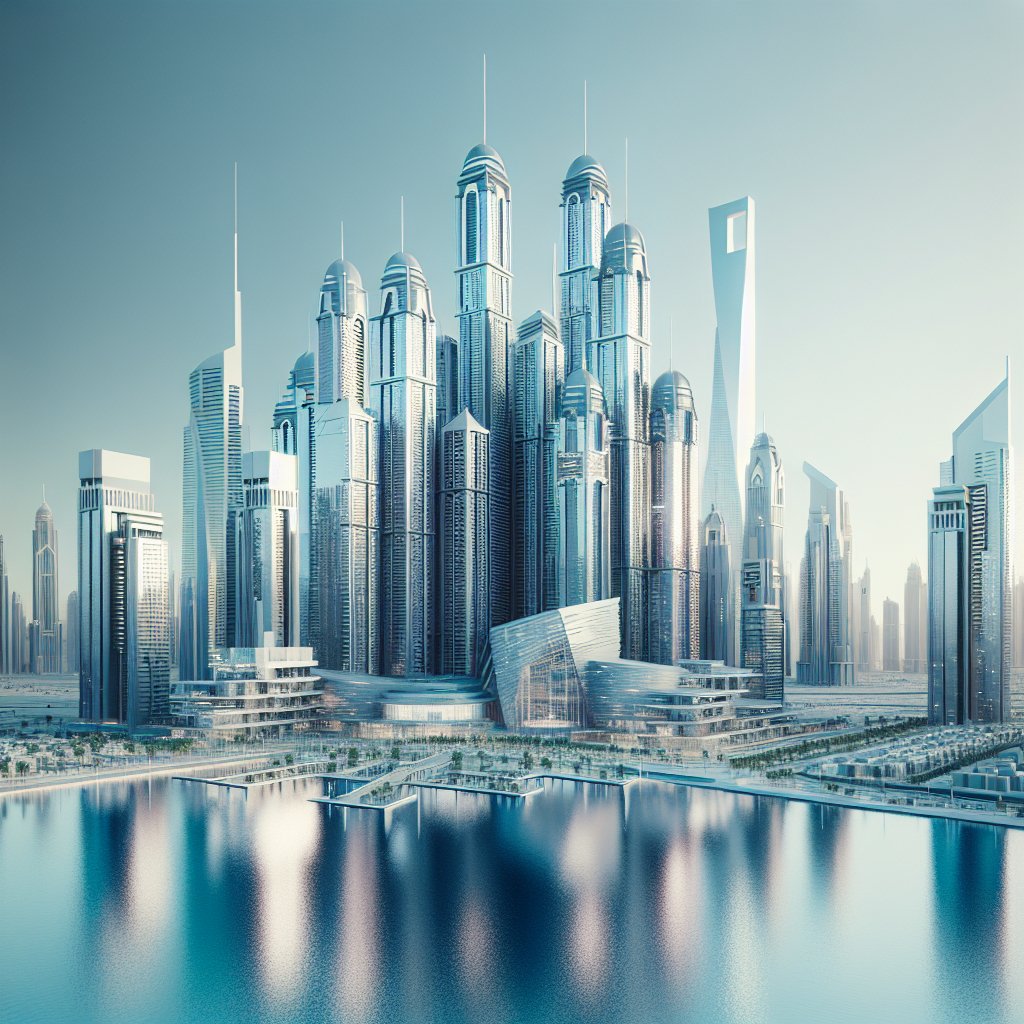Dubai is renowned for its opulence and innovation, and this is no less evident in the architecture of its airports. Dubai International Airport and Al Maktoum International Airport stand as testaments to the city’s commitment to excellence and futuristic design. These airports not only serve as major hubs for international travel but also as architectural marvels that reflect the city’s ambition and vision.
Dubai International Airport: A Gateway to the World
Dubai International Airport (DXB) is one of the busiest airports in the world, serving as a crucial hub for international travel. Its architecture is a blend of functionality and luxury, designed to handle millions of passengers annually while providing a seamless travel experience. The airport’s design incorporates state-of-the-art technology and sustainable practices, making it a leader in modern airport architecture.
Terminal Design and Passenger Experience
The architecture of Dubai International Airport is characterized by its expansive terminals, each designed to cater to different passenger needs. Terminal 1, known as the Sheikh Rashid Terminal, is designed to handle international flights and is equipped with a wide range of amenities, including duty-free shops, restaurants, and lounges. The terminal’s design focuses on passenger comfort, with spacious waiting areas and efficient check-in and security processes.
Terminal 3, dedicated to Emirates Airlines, is one of the largest airport terminals in the world. Its design emphasizes luxury and efficiency, with features such as automated check-in kiosks, biometric security systems, and a vast array of shopping and dining options. The terminal’s architecture incorporates natural light and open spaces, creating a welcoming and relaxing environment for travelers.
Sustainability and Innovation
Dubai International Airport is committed to sustainability, with its architecture reflecting this focus. The airport utilizes energy-efficient systems, such as LED lighting and advanced HVAC systems, to reduce its carbon footprint. Additionally, the airport has implemented water conservation measures and waste management programs to minimize its environmental impact.
Innovation is at the heart of Dubai International Airport’s architecture. The airport is constantly evolving, with ongoing expansions and upgrades to accommodate the growing number of passengers. The use of cutting-edge technology, such as automated baggage handling systems and smart security checkpoints, ensures that the airport remains at the forefront of modern airport design.
Al Maktoum International Airport: The Future of Aviation
Al Maktoum International Airport, also known as Dubai World Central (DWC), is a testament to Dubai’s vision for the future of aviation. Located in the Dubai South district, the airport is designed to become the largest airport in the world, with a capacity to handle over 200 million passengers annually. Its architecture reflects this ambition, with a focus on scalability, efficiency, and passenger experience.
Master Plan and Infrastructure
The master plan for Al Maktoum International Airport is centered around creating a seamless and efficient travel experience. The airport’s design includes multiple runways, expansive terminals, and state-of-the-art cargo facilities. The infrastructure is designed to support a wide range of aircraft, from small regional jets to the largest commercial airliners.
The airport’s architecture incorporates modular design principles, allowing for easy expansion and adaptation to future needs. This flexibility ensures that Al Maktoum International Airport can accommodate the ever-changing demands of the aviation industry, making it a key player in global air travel.
Passenger-Centric Design
Al Maktoum International Airport places a strong emphasis on passenger experience, with its architecture designed to provide a comfortable and efficient journey. The terminals are equipped with modern amenities, including spacious lounges, diverse dining options, and extensive retail spaces. The use of natural light and open spaces creates a welcoming atmosphere, enhancing the overall travel experience.
The airport also incorporates advanced technology to streamline the passenger journey. Features such as automated check-in and security processes, as well as real-time flight information displays, ensure that travelers can navigate the airport with ease. The focus on passenger-centric design makes Al Maktoum International Airport a model for future airport architecture.
Conclusion
The architecture of Dubai’s airports, Dubai International and Al Maktoum International, showcases the city’s commitment to innovation, luxury, and sustainability. These airports are not only vital transportation hubs but also architectural landmarks that reflect Dubai’s vision for the future. As the city continues to grow and evolve, its airports will undoubtedly remain at the forefront of global aviation, setting new standards for airport design and passenger experience.









